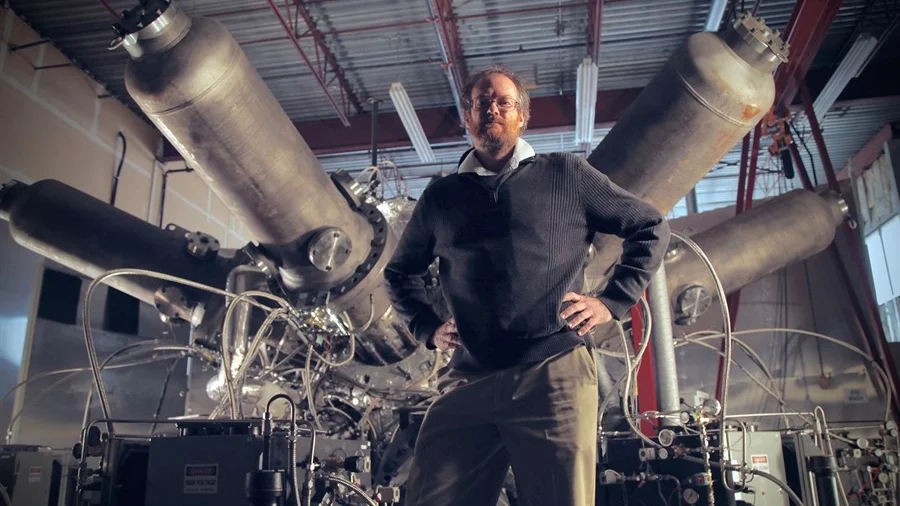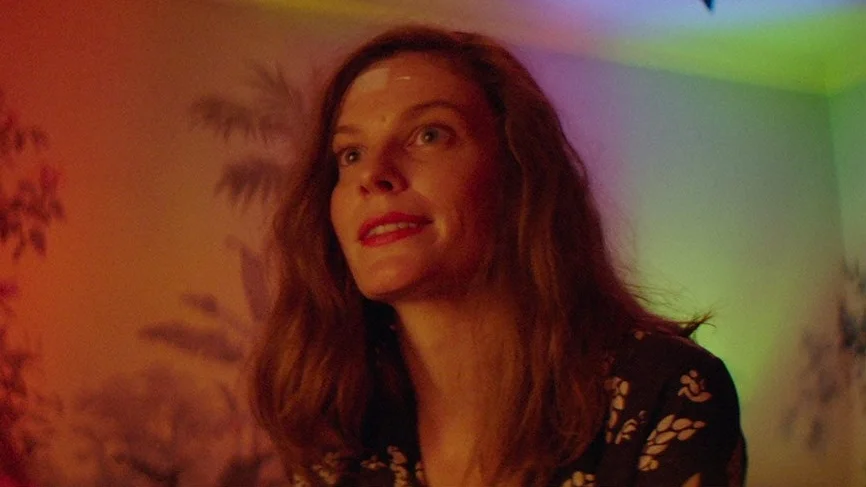Hot Docs 2017: Let There Be Light
The race for sustainable fusion power is going strong, with competing projects across the world, in Mila Aung-Thwin’s Let There Be Light. Each project differs in size, in both the team staffing the projects as well as the size of the designs utilized. All projects aim to eventually, hopefully, achieve a nuclear fusion reaction that would allow sustainable energy without the harmful and environmentally toxic waste byproducts of existing power generation methods.
The different teams across the globe race not just each other, but bureaucracy, political will and budgetary woes. Cost overruns have become expected in these projects, Let There Be Light demonstrates. Aung-Thwin’s documentary explores first the basic scientific principles behind fusion reactions in theory. This way, the uninitiated viewer can grasp the end goal and why these teams of dozens, or even just a dozen, seek fusion reaction for the good of the world, as much as for their own benefit. In a “publish or perish” academic world, it’s all about who gets there first. And with the achievement, so goes the grant money.
Much time in Let There Be Light is spent on the need for money to fund the research into fusion, simply because as time goes on, the interest in achieving it wanes in favor of what’s easier and cheaper in the short term. An apt comparison made in the film measures the chase for fusion to the race to the moon, where many a layman saw US President Kennedy proclaim it would be done within a decade, and then there was Neil Armstrong, taking his first steps not even ten years later.
Fusion, however, is more complicated, as each achievement is incremental at best. Each achievement also presents more wrinkles and questions to answer and research. There are even differing, warring camps over which kind of fusion generator design to use. Such is the nature of science done the right way. But in the current capital-driven political climate, answers get money, where questions get shrugs and blank stares.
There are no easy answers with this level of physics research, though. At least, not easy in terms of monetary cost. In order to build their projects to proper scale, billions upon billions of US Dollars, Euro, and several other currencies are needed, and these are being committed everyday by new countries and investors. The more that is invested, the faster the projects can be built, tested, and improved.
But every dollar, Euro, etc comes with the question no scientist can positively answer: “When?” That proves to be the one question none of the physicists can answer for sure.



